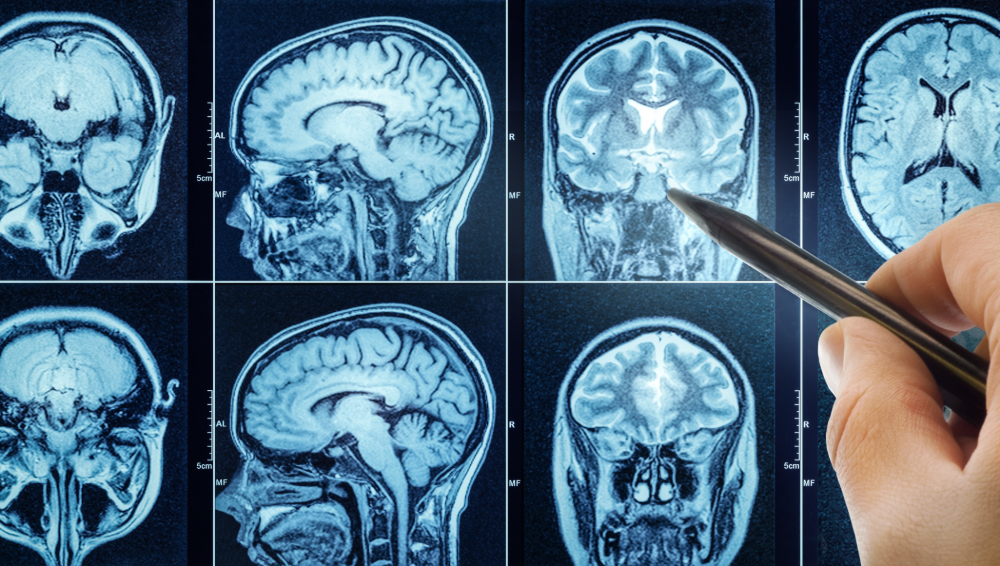Alzheimer’s is one of the most complex and devastating diseases affecting older adults, but researchers are now on the brink of major breakthroughs. New technologies and early diagnostic tools could change how the disease is detected and treated in the future.
A blood test reveals the earliest signs

Scientists have developed a blood biomarker that can detect the buildup of tau protein long before symptoms appear, potentially revolutionizing early diagnosis.
Inflammation as a hidden driver

Chronic brain inflammation is suspected to play a central role in the development of the disease and is now one of the most promising targets for new treatments.
Many paths to the disease

Alzheimer’s can be triggered by a range of factors, including protein buildup, circulatory problems, and genetics, making treatment especially complex.
Also read: How to Eat Less Sodium – Without Compromising on Flavor
Antibody treatments in use

Two FDA-approved antibody drugs can remove beta-amyloid from the brain and slow disease progression, but they don’t work for everyone and can have side effects.
Early intervention is key

The sooner the disease is detected, the better the chance of slowing its course before cognitive function is irreversibly damaged.
Research across disciplines

Collaboration among experts in neuropathology, imaging, genetics, and neuroscience is giving a fuller picture of the disease’s mechanisms.
Risk rises with age

As life expectancy increases, so does the number of Alzheimer’s cases, placing huge strain on healthcare systems and families worldwide.
Also read: Subtle Signs That You Might Have Liver Problems
Tests tailored to at-risk patients

The goal is to screen high-risk individuals – such as those with a family history – long before symptoms occur.
Funding as a bottleneck

Researchers warn that cuts to research funding could stall promising projects and delay new treatments by decades.
Hope for the future

The combination of blood tests, targeted therapies, and early detection could make Alzheimer’s a disease that is identified and managed far more effectively than today.
Article based on information from News Medical
Also read: These Foods May Help Slow the Aging Process From Within
Also read: Mosquito repellents under the microscope: What works and what’s a waste of money
